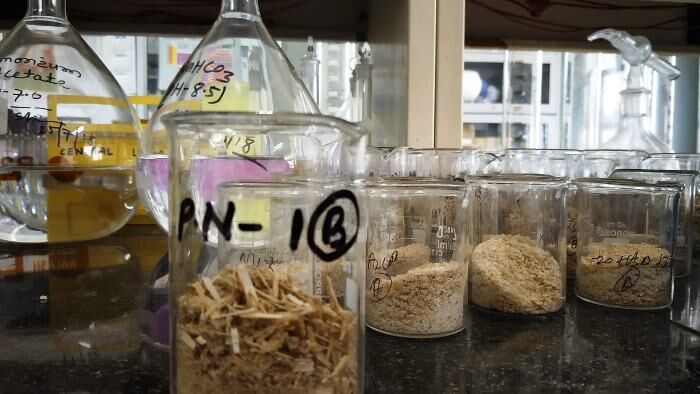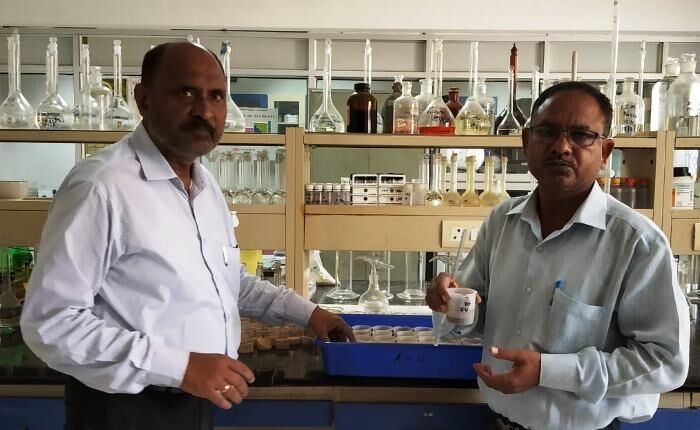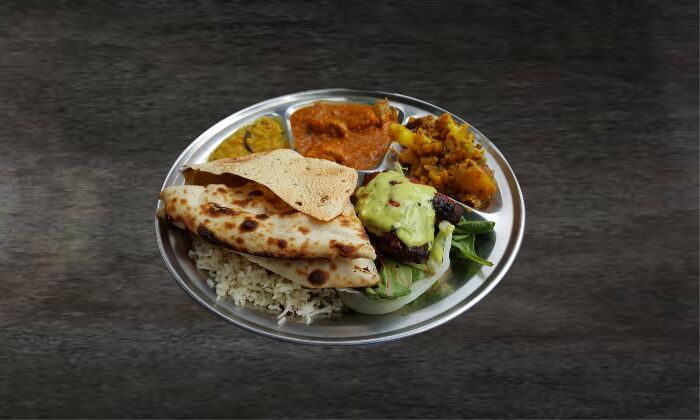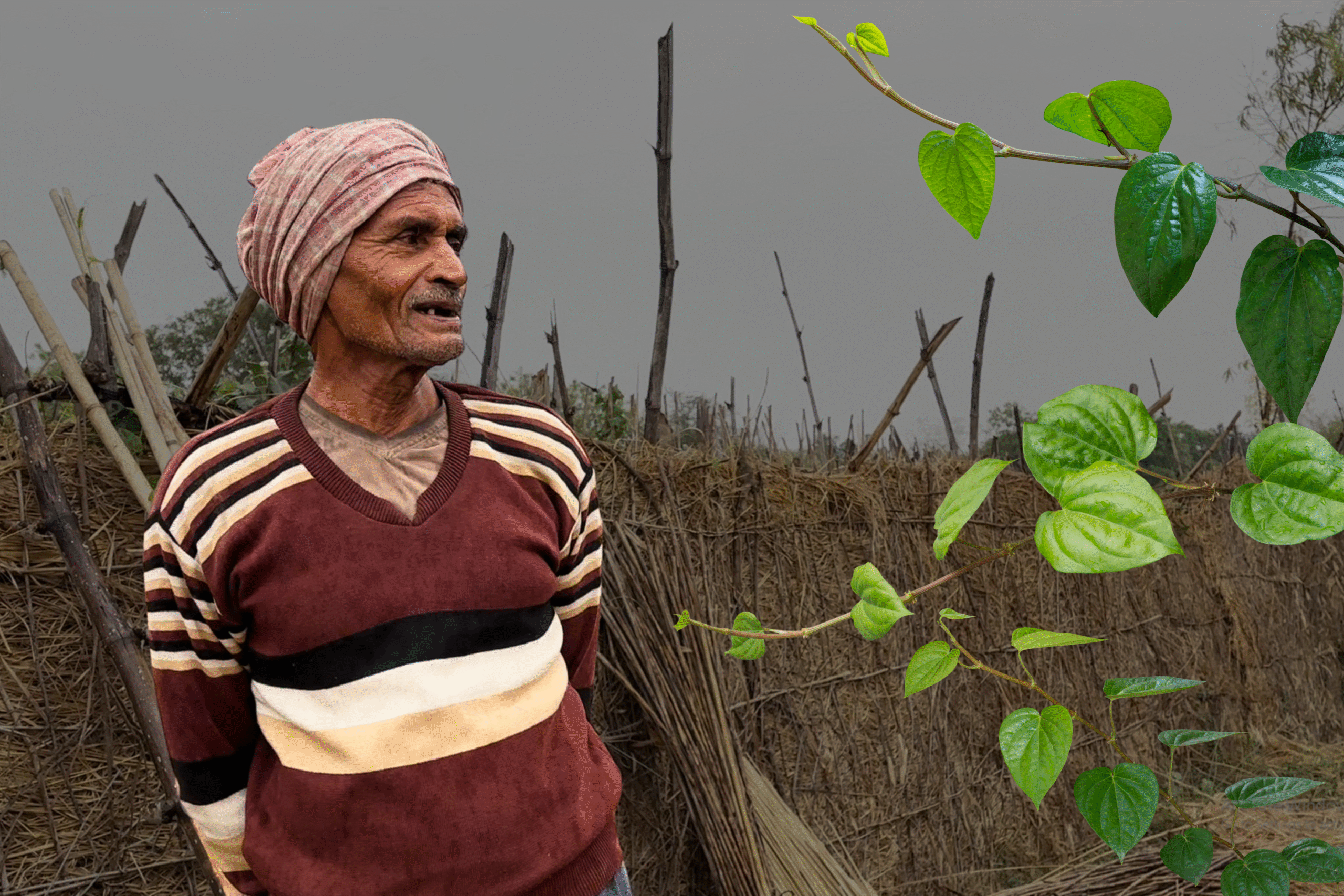Reviewing your doctor’s past prescriptions, you’d invariably find multivitamins being prescribed alongside main medication because whatever you eat – vegetarian or non-vegetarian — has poorer nutritive value. The reason for this is the poor quality of soil which feeds the crops. Eating the harvest of largely undernourished soil, Indians remain undernourished despite filling up their stomachs.
“Malnutrition is evidently caused due to poor soil quality. Nutrition-deprived soil is bound to produce flowers, fruits and vegetables with lower nutritive value. Nutritional loss thereafter is passed on to the higher rung in the food chain resulting in nutritional deficiency that doctors prescribe multivitamins to offset,” said DrVinay Mishra, director, Central Soil Salinity Research Institute, Lucknow. This institute is widely acknowledged across country for soil research and development.
Malnutrition is a grave global concern. Hunger and malnutrition-based report State of Food Security and Nutrition in the World, 2017 pointed out towards a rise in the world’s population of malnourished from about 78 crore in 2015 to about 81.5crore in 2016. Out of this, 18 crore people are from India. This means that 14% of the Indian population suffers from malnutrition.
ख़बर हिंदी में यहां पढ़ें- आप की थाली में पोषण कम है, क्योंकि अनाज उगाने वाले खेत ही बेदम हैं…

Even more disturbing is the fact that 38% of children aged 0-5 years in India are malnourished.Absence of adequate nutrition is detrimental to their physical-mental health besides studies. To counter malnutrition, in 2018,the government had instituted Poshan Missionwith a budget of Rs 9,046.17 crore for a period of three years.
Linking the soil to human body, Dr Deepak Acharya, a traditional forest herb specialist and scientist from Ahmedabad, elaborated, “We often reminiscence about the fresh whiff of earthiness after first rains emanating from the soil which in fact is due to microorganisms Actinomycetes. Presently this earthy smell is missing altogether in the cities and is a rare experience even in the villages.”
He added, “These microorganisms are antibiotic in nature and remain in the soil protecting our crops. In many rural areas, the wise elders deem the earthy smell to be the sole strength of the soil. The indiscriminate use of pesticides in fields and elsewhere has destroyed these microorganisms. This has resulted in further increased use of pesticides by the farmers to protect their progressively vulnerable crops from lurking diseases.”
Researchers for Indian Food Composition Table 2017 Report had studied 151 nutritional components found in the samples of 528 food item from 6 places across the country. As per the study, in the past 28 years, wheat had shown a fall by a 9% in the carbohydrates which also had declined by 8.5% from the diet of the poor.
As per an article in Down to Earth, not only India but also the entire world is suffering from a decline in food’s nutritive value. A research article published in Journal of the American College of Nutrition,2004 had based its findings on a study of 43 cropsgrown between 1950 and 1999. The sample crops showed a marked decline in the vital nutritional components like calcium, phosphorus, iron, protein, riboflavin and ascorbic acid. Similarly, the tests carried out by Central Soil Salinity Research Institute on crops and hay reveal lower level of nutrients.
Central Soil Salinity Research Institute, Lucknow’s regional director, Dr Vinay Mishra,said, “At the time of India’s independence, our soil lacked only in nitrogen level, but today is deficientin zinc, phosphorus and nickel. Post green revolution it was a matter of pride to be self-sufficient in food grains, but now we must deal with this issue. Indiscriminate use of chemicals and pesticides have created many problems.”

Any crop requires 17 nutrients for a good and well-nourished yield. Traditional agricultural practices of India relied on farm manure and crop rotation whilst post green revolution, nitrogen, DAP, and pesticides took over the cultivation on the fields. Extreme cultivation lead to micro-nutritional deficiency in soils alongwith the incorporation of harmful elements.
Central Soil Salinity Research Institute, Lucknow examines saplings of wheat, rice and mustard besides soil and hay to assess their nutritional level. The report tells of a decline in numerous nutritional components besides zinc.
Institute’s director Dr Vinay Mishra further said, “Use of organic fertilizers, compost(farm manure) in field has declined. Farmers,besides giving up crop rotation, have even resorted to burning their crop residue. It is just like putting a village on fire after plundering it.”The only alternative is resorting to indigenous, chemical-free farming based on home grown seeds and farm manure.
Madhya Pradesh’s Agriculture Development Officer BSBarche, who is on a nation-wide quest to conserve traditional food grain varieties,said: “Our country has good food-grains output and people are getting to eat too. But irrespective of what we consume, whether grains or milk, it is devoid of nutritive elements. This is why majority of our population suffers from diseases and malnutrition despite eating to the full. Millets are rich in nutritive elements and so are promoted by the government now. Year 2018 has been celebrated as the National Millets Year.”
There are about 400 species of edible grains which should be viewed as food alternative but only 15-20 like wheat and rice have been cultivated and consumed since centuries. With the rise in demand we need to explore new resources. We will have to embrace crop rotation to maintain soil fertility. Only when we nourish soil it will nourish us back.
–Dr Deepak Acharya, traditional forest herb specialist and scientist
Holding a doctorate under UGC’s Senior Research Fellowship in nutritional science and a diet consultant, Tanushree Singh, noted, “A drastic leap in malnutrition can be attributed to a change in the composition of diet and nutritional decline of eatables.”

Whether popping pills is the only way to counter malnutrition or we have alternatives—addressing the dilemma Dr Deepak Acharya opined, “There are about 400 species of edible grains which should be viewed as food alternative, but only 15-20 like wheat and rice have been cultivated and consumed since centuries. With the rise in demand we need to explore new resources. We will have to embrace crop rotation to maintain soil fertility. Only when we nourish soil it will nourish us back.”
To stop indiscriminate use of pesticides and improve soil health, state had launched National Soil Health Card Scheme in 2015, besides other ongoing schemes, to inform the farmers of their farm’s soil quality after testing it.
DrVinay informed, “Soil Health Card Scheme is extremely useful for the farmer and the consumers because it enables the sharing of the information regarding soil fertility and quantity of fertilizers required. The scheme has proven to be impactful. Besides, ICAR and its associated institutions are engaged in developing varieties of grains, fruits and vegetables rich in nutritive elements.”
Read Also in Hindi: आप की थाली में पोषण कम है, क्योंकि अनाज उगाने वाले खेत ही बेदम हैं…
Read Also: देश में उचित पोषण नीति से रोकी जा सकती है भुखमरी, सामने आए चौंकाने वाले आंकड़े
Read Also: हर दस में से एक व्यक्ति मधुमेह से पीड़ित, कैसे बचें इस बीमारी से?




















